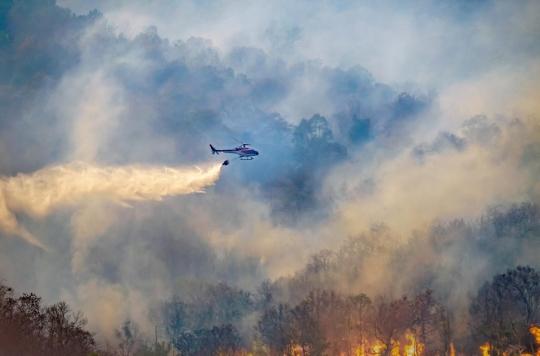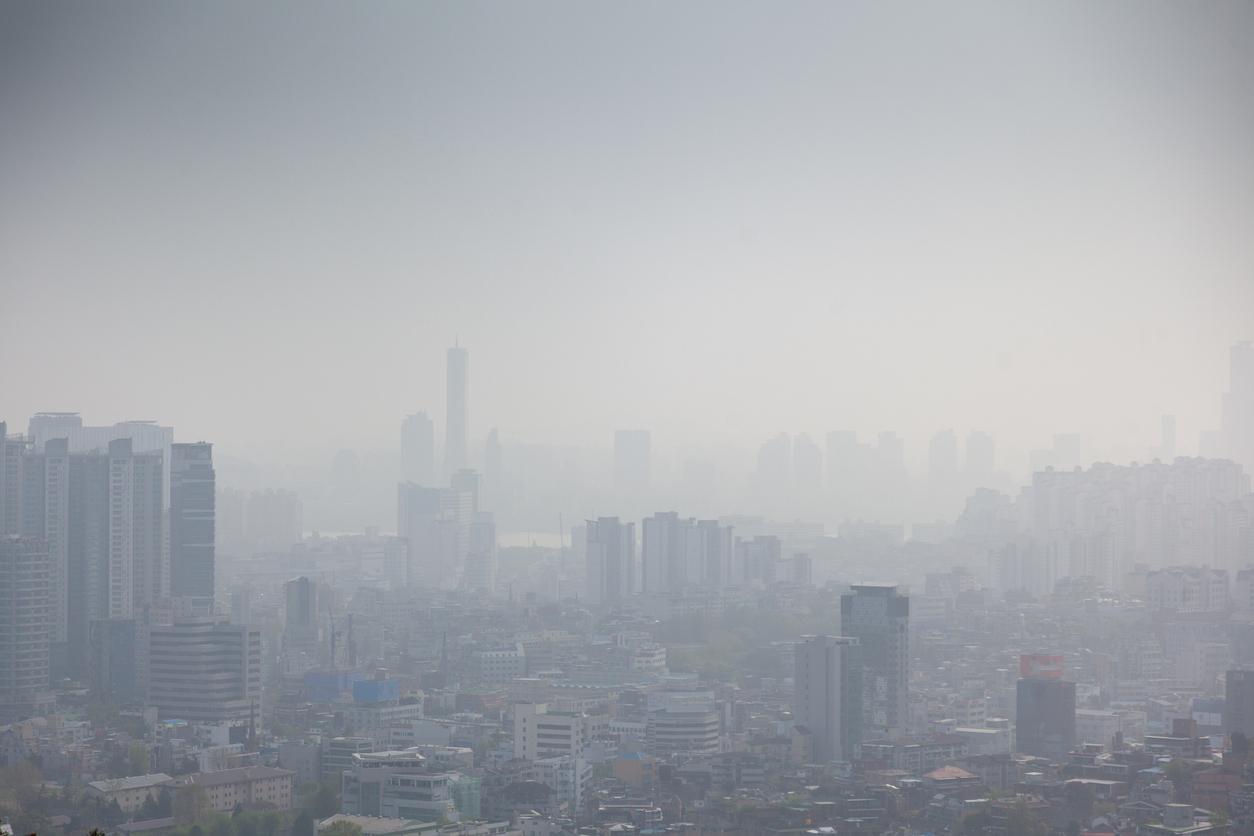A study compiling 14 years of hospitalization data shows that fine particles from smoke from fires are more harmful to respiratory health than fine particles from other sources, including car exhaust.

- By analyzing hospitalization data for 14 years, the researchers found that fine particles from wildfires cause up to 10% of admissions for respiratory disorders, compared to 1% for other emission sources.
- These data suggest that the threshold for what are considered safe levels of PM2.5 may be outdated as it does not take into account the dangerousness of different sources of fine particles.
Air pollution is the number one environmental risk factor in the world, causing more than 8.8 million premature deaths per year, including 800,000 in Europe. This air pollution is often – and rightly – blamed on industrial activity, as well as road traffic, which releases polluting gases into the atmosphere as well as fine particles with a diameter of 2. 5 microns or less. Called PM2.5, these airborne particles are about 3% the diameter of a human hair and can penetrate deep into the airways, enter the bloodstream and damage vital organs.
A new study by researchers at the Scripps Institution of Oceanography at the University of San Diego in California sheds light on an often overlooked source of air pollution: fires. Published in the journal NatureCommunicationsthis work shows that fine particles from smoke from forest fires increase hospital admissions for respiratory disorders by up to 10%, compared to 1% for other sources of fine particles.
A source of atmospheric pollution to be better taken into account
To reach this conclusion, the researchers analyzed hospitalization data over a period of 14 years. They also noted the risks of PM2.5 particles, the main component of smoke from forest fires.
They then found that a 10 microgram per cubic meter increase in PM2.5 attributed to wildfire smoke caused a 1.3 to 10% increase in hospital admissions for respiratory conditions. By way of comparison, the same increase, attributed to other sources of pollution, was estimated at 1%.
For lead study author Rosana Aguilera, current research that suggests all particles of a certain size are equally toxic is likely inaccurate. “There is a daily threshold for the amount of PM2.5 in the air that is considered acceptable by the county and the Environmental Protection Agency (EPA)she explains. The problem with this standard is that it does not take into account the different emission sources of PM2.5.
A phenomenon amplified by global warming
Why are PM2.5 fine particles from forest fires more harmful to humans than other sources of particulate pollution? For the time being, there is no scientific consensus on the question. However, if PM2.5 from wildfires is more dangerous to human lungs than that from ambient air pollution, the threshold for what are considered safe levels of PM2.5 could be out of date, especially in this region of southern California where fires are frequent due to the Santa Anna wind. This phenomenon is expected to intensify further in the decades due to global warming.
“As conditions in Southern California become warmer and drier, we expect increased wildfire activity, points out co-author Tom Corringham. This study demonstrates that wildfire smoke damage may be greater than previously thought, strengthening the case for early wildfire detection systems and efforts to mitigate change climate.”
.

















